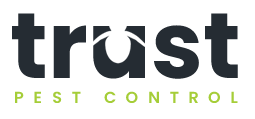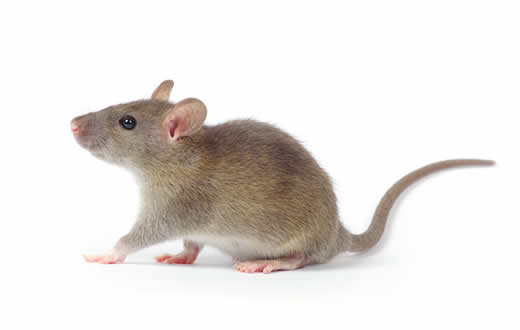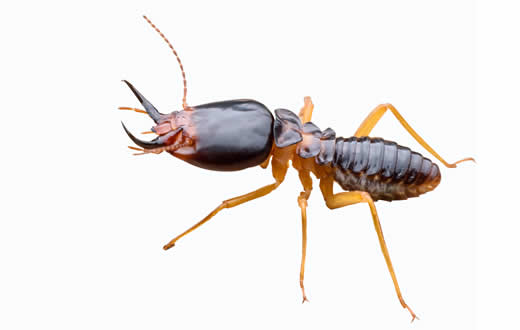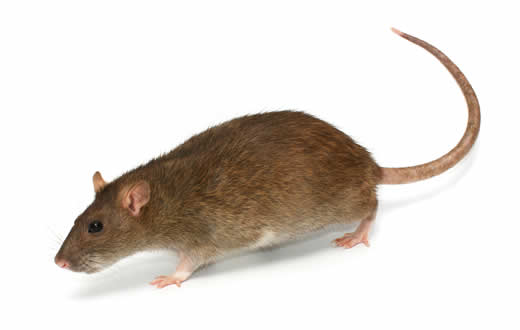Top 10 Common Household Pests
Dealing with pests at home can be frustrating and worrying. Unwanted critters not only damage your property but can also pose health risks in some cases. Identifying common household bugs, understanding why they show up and how to get rid of them will help you protect your home.
Before we check out the top contenders, let us look at how serious these common pests pose. Remember if you have an infestation you cannot control yourself, call a pest control professional to treat the problem before it gets worse.
How Serious Are These Pests?
| Pest | Health Hazard | Structural Damage |
|---|---|---|
| Ants | Low | Low |
| Cockroaches | High | Low |
| Mice | High | High |
| Spiders | Low | Low |
| Bed Bugs | Moderate | Low |
| Termites | Low | High |
| Wasps | Moderate | Low |
| Rats | High | High |
| Textile Pests | Low | High |
| Fleas | High | Low |
Rodents, fleas and cockroaches in particular pose health risks by spreading diseases. Termites, mice and rats can certainly damage structures extensively if left unchecked. Bites from spiders, ants and flying insects range from harmless to moderately dangerous. Address all invaders promptly for home safety.
There is a wide range of pests in Australian homes, but here are the most common you’ll find from one to ten.
10 Common Household Pests
1. Ants
These social insects thrive in moist environments. Sugar loving species invade kitchen counters while grease or protein loving ones crawl bathroom walls. Identify entry points like cracks and seal them. Borax powder sprinkled along movement paths also helps. Click here for controlling ant infestation.
2. Cockroaches
Roaches feed on human food. They can transfer germs by contaminating surfaces and cause allergic reactions. They hide in dark warm corners of kitchen cabinets, pantries and bathrooms. Cut off food sources by proper storage and traps using sticky gels to avoid all types of cockroach infestation. Common species include Australian, Oriental, American and the infamous German cockroach. Click here for cockroach control
3. Mice
Drawn by food smells, mice chewing causes extensive wiring damage. Their droppings also spread disease. Plug entry holes and use humane traps to catch and release outdoors. Seal foodstuff securely. Learn more about Mice Control.
4. Spiders
Most household varieties are harmless but bites can become infected. Knock down existing webs and vacuum up creepy crawlies. Apply insecticidal dust into cracks and junctures to keep them out. Click here to get rid of spiders.
5. Bed Bugs
Tiny flat parasitic bugs feed on a human blood meal leaving bite marks. Check mattress folds, nearby crevices and luggage when traveling. Treat with chemical sprays or temperature control and enclose mattresses completely. Click to eliminate bed bug infestation.
6. Termites
These silent destroyers tunnel into wood and can severely compromise building structures. Identify mud tunnels along walls. Treatment requires probing foundation to apply chemical insecticides that can prevent future termite infestation. Learn more about subterranean termite treatments.
7. Wasps
They build papery wasp nests on eaves and attics. Some species can deliver painful stings like European wasps so treat nests with caution. Apply insecticidal foam directly into nest openings at night when these insects are dormant. Get rid of wasps.
8. Rats
Rats contaminate and spoil food stocks while spreading diseases through urine/feces. Their gnawing can cause extensive damage to insulation, pipes and electrical wiring. Trap using baited cages – a surefire way to get rid of them. Always wear gloves when disposing trapped rats. Click for rodent control services.
9. Textile Pests
Varieties like carpet beetles and cloth moths damage fabrics, upholstery and carpets by feeding on natural fibers and wool. Freeze and then clean infested items. Prevent reinfestation by using cedar blocks, lavender sachets or regular vacuuming.
10. Fleas
Fleas multiply rapidly and travel from infested pets into your home’s living space where they survive on blood. Comb out fleas from pets regularly and treat premises with insecticide powder after thorough vacuuming, especially in infested areas. Click here for flea treatment.
How to Spot House Pests
Watch out for these signs that indicate pest activity:
- Droppings in cupboards or along walls
- Chewed materials, holes in containers/surfaces
- Strange odors or musty smells
- Visible bugs crawling on floors, walls or food surfaces
- Itchy bites on skin
- Muddy tubes along walls or concrete
Some insects are so small that detecting them early is key before populations grow. Traps and detectors can alert you in time to control infestations.
Why Do Pests Invade My Home?
Pests seek out food, water and shelter just like any other animal. Inside your home they find ideal living conditions and nutrients to thrive on unless proper prevention measures are taken. Some pests also unintentionally hitchhike indoors on packaged goods.
Understanding each pest’s origins and behavior helps control them effectively. While chemicals work temporarily, addressing root causes by modifying conditions suits a long term solution.
Conclusion
With vigilance, proactive prevention and control measures, your home can be pest free. But if significant infestations arise, do consider professional pest control services for proper elimination and home safety against common diseases.










